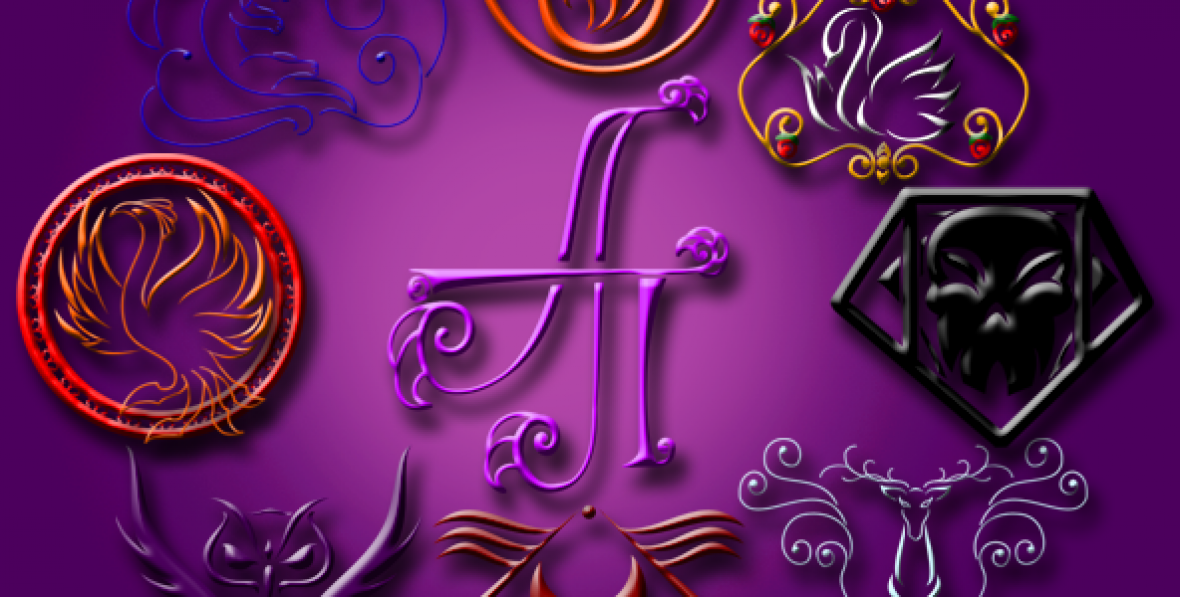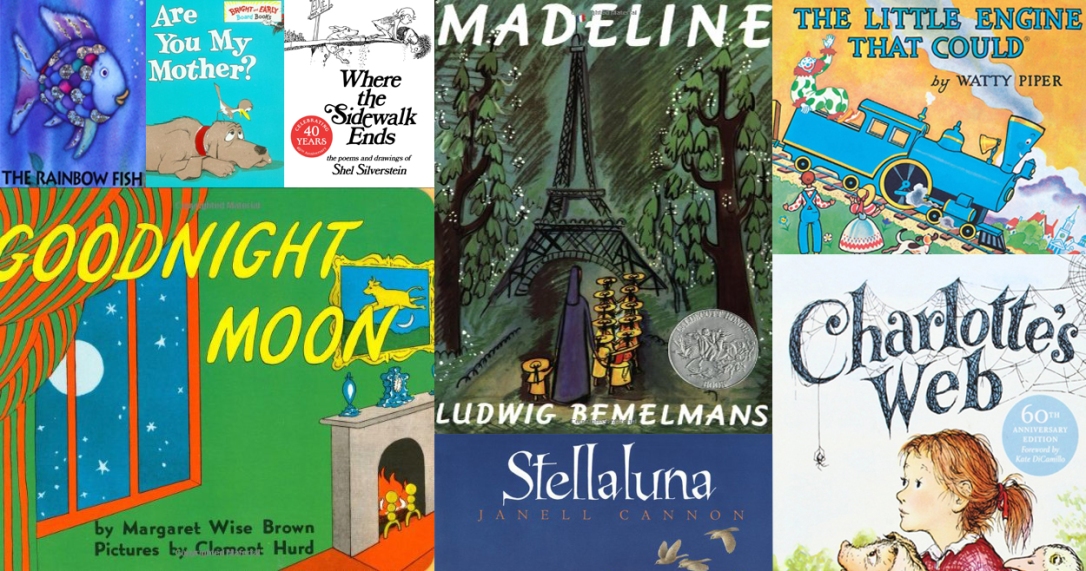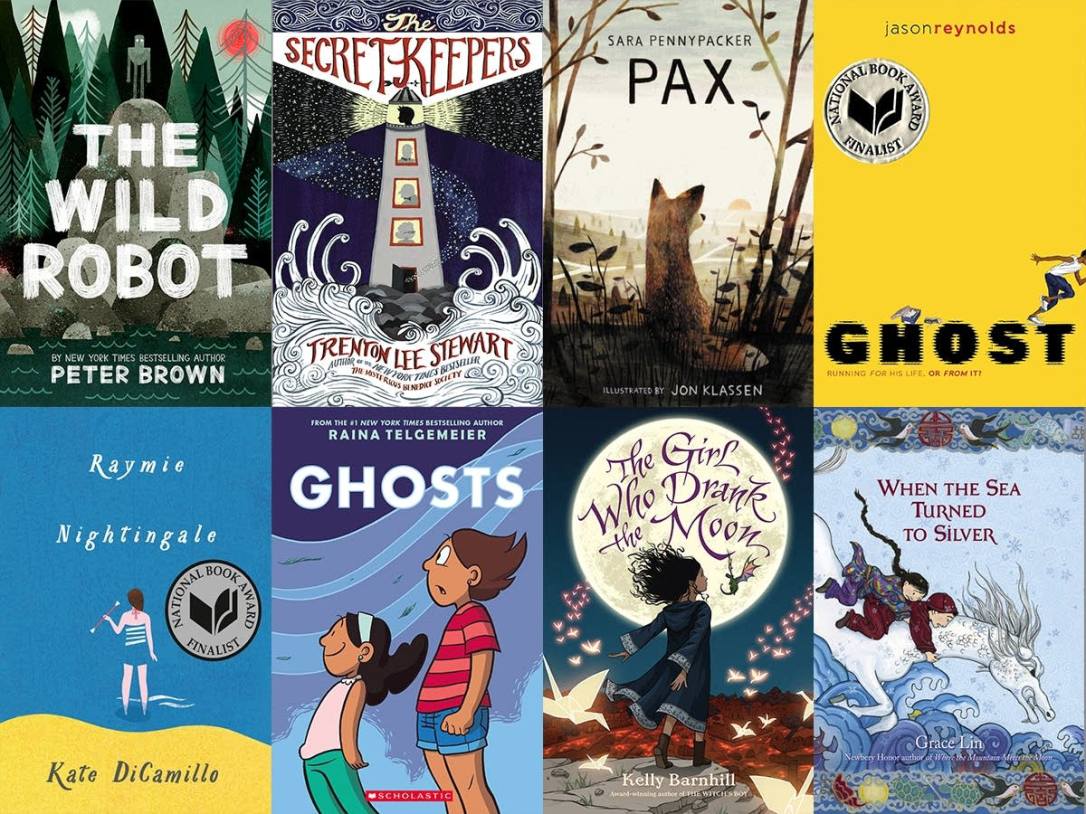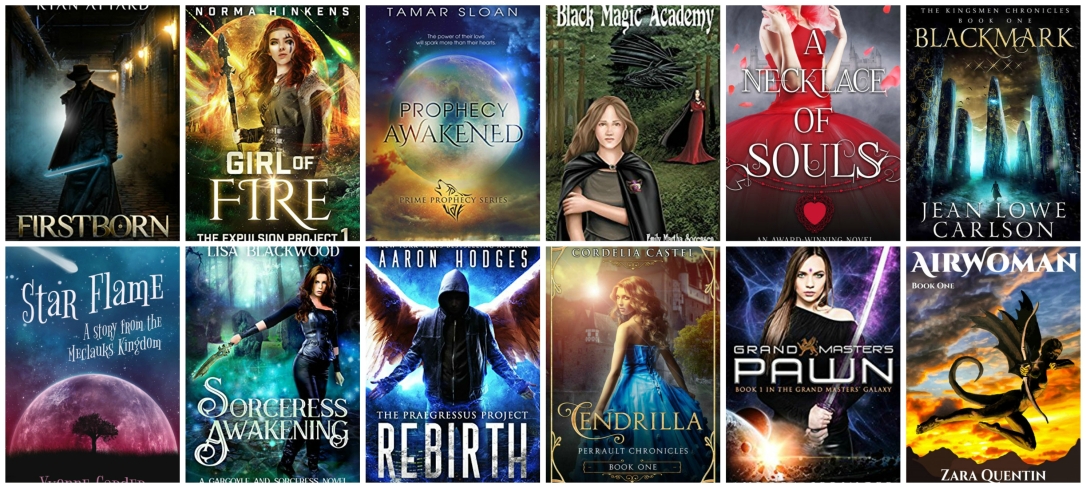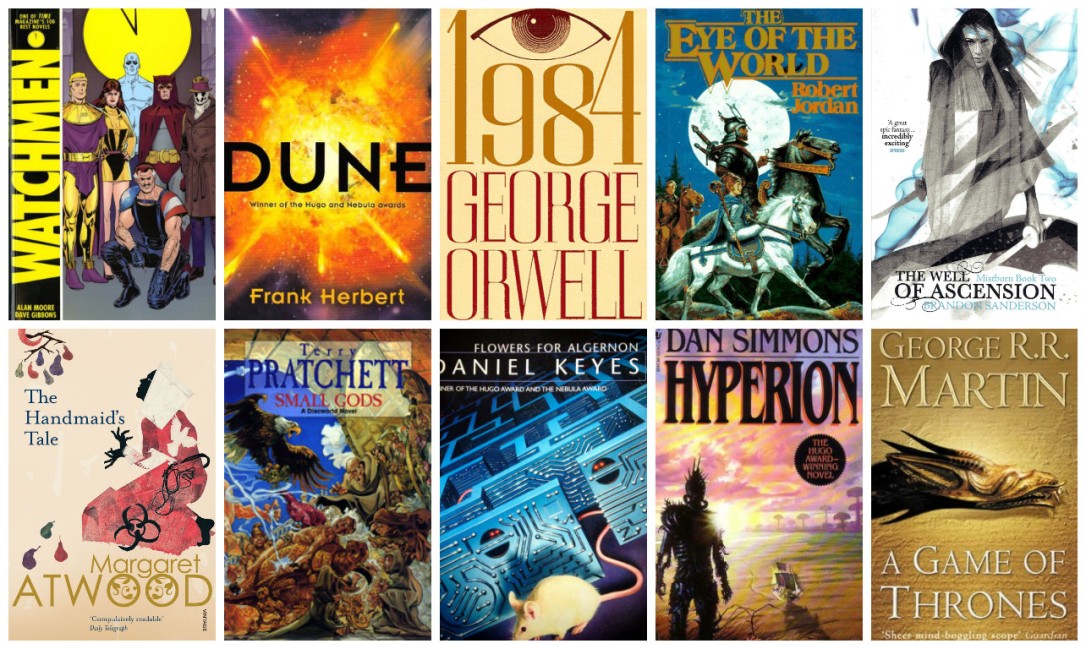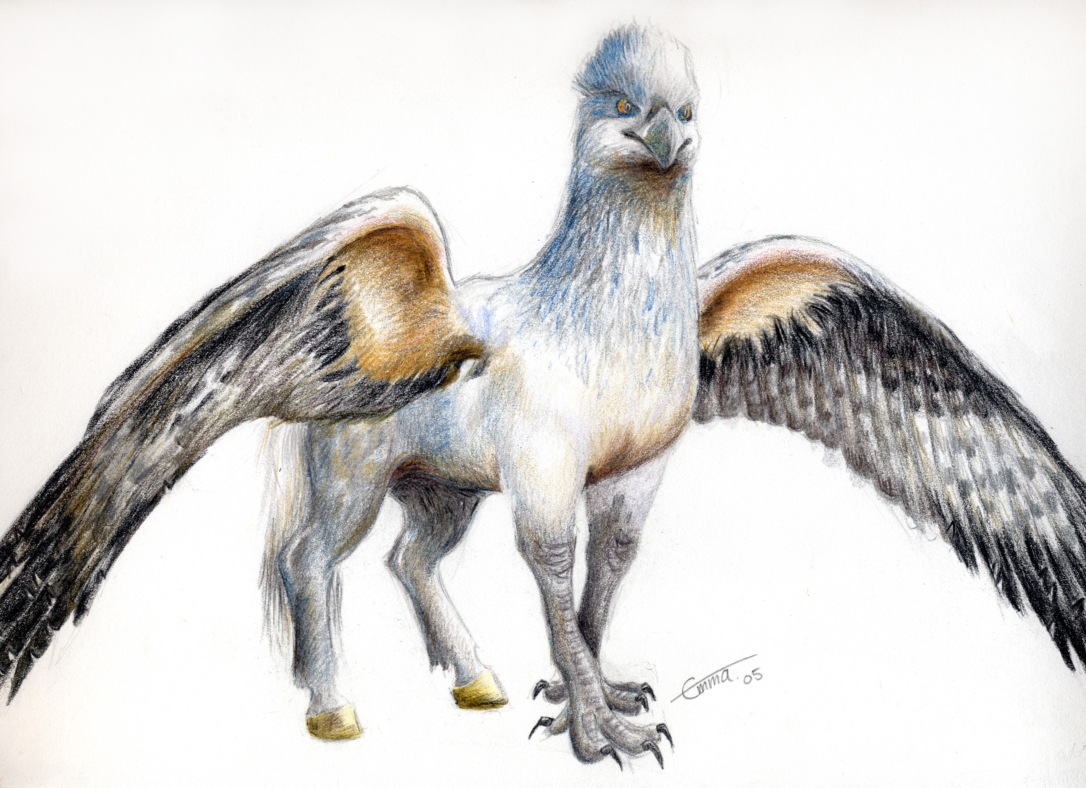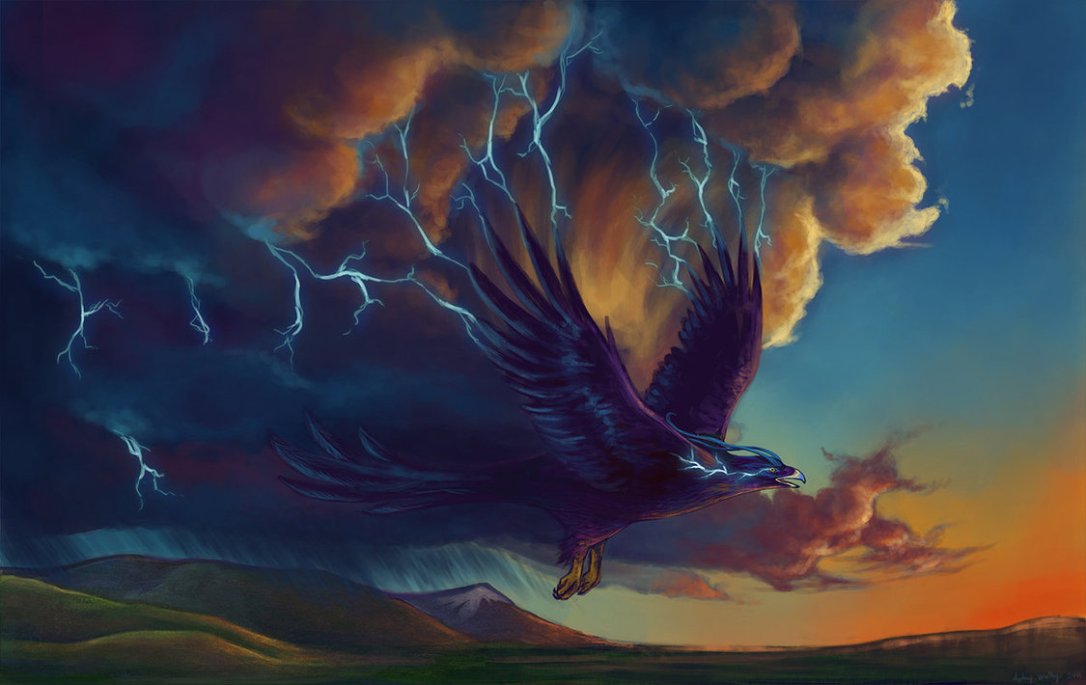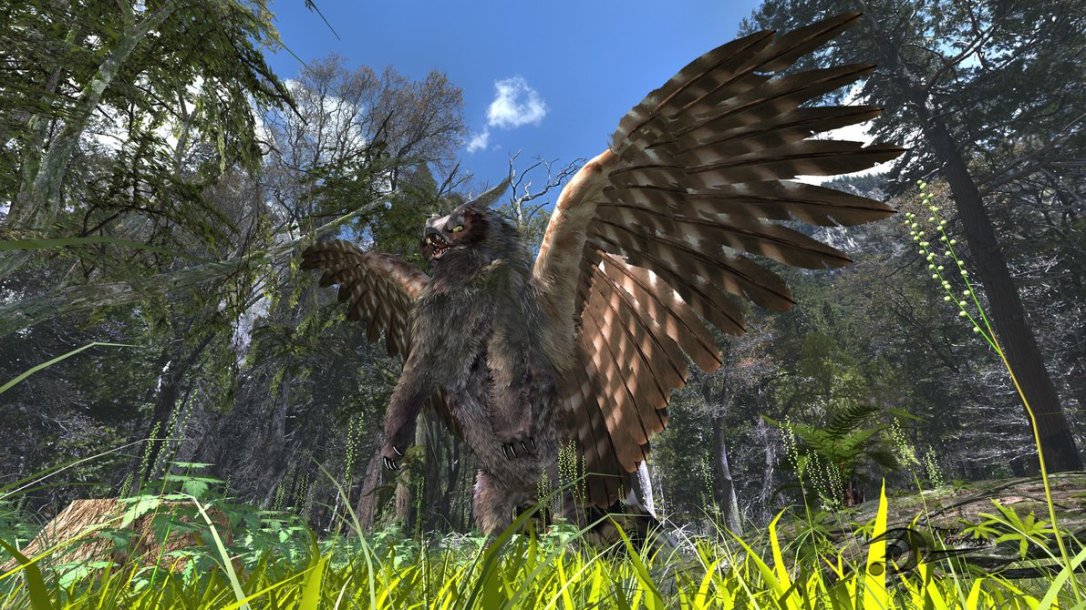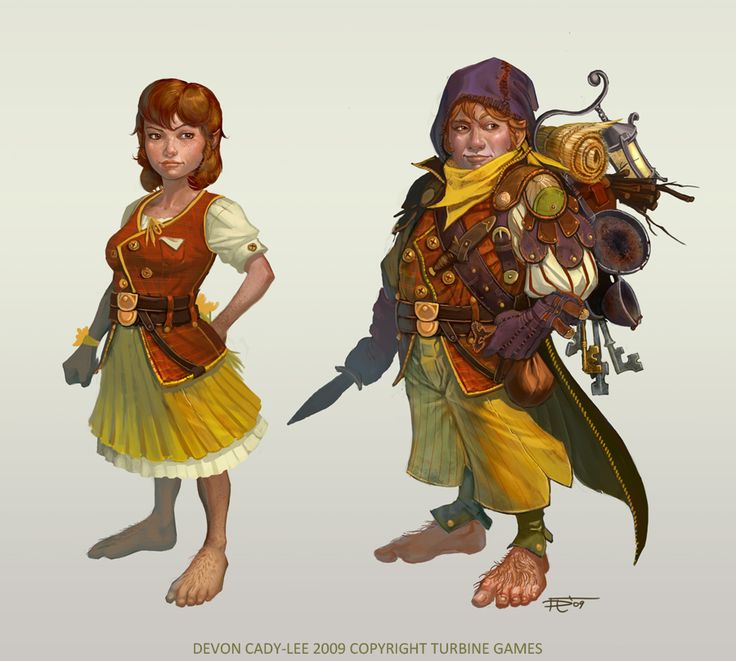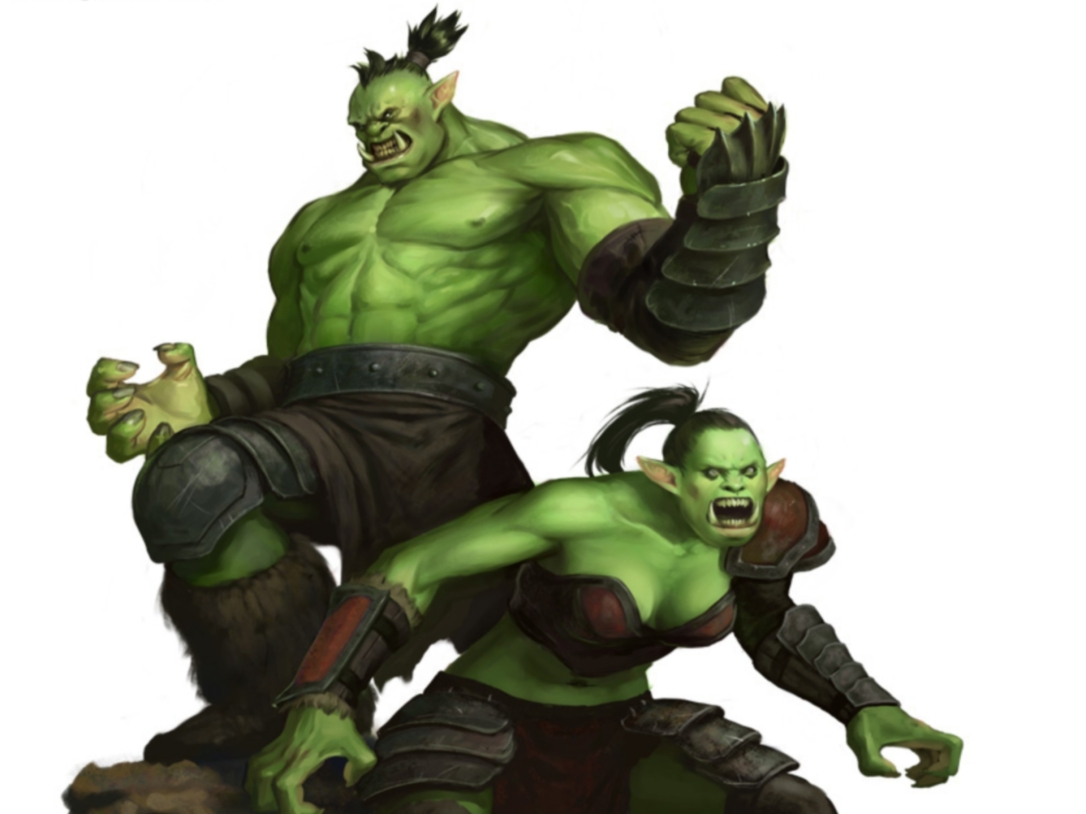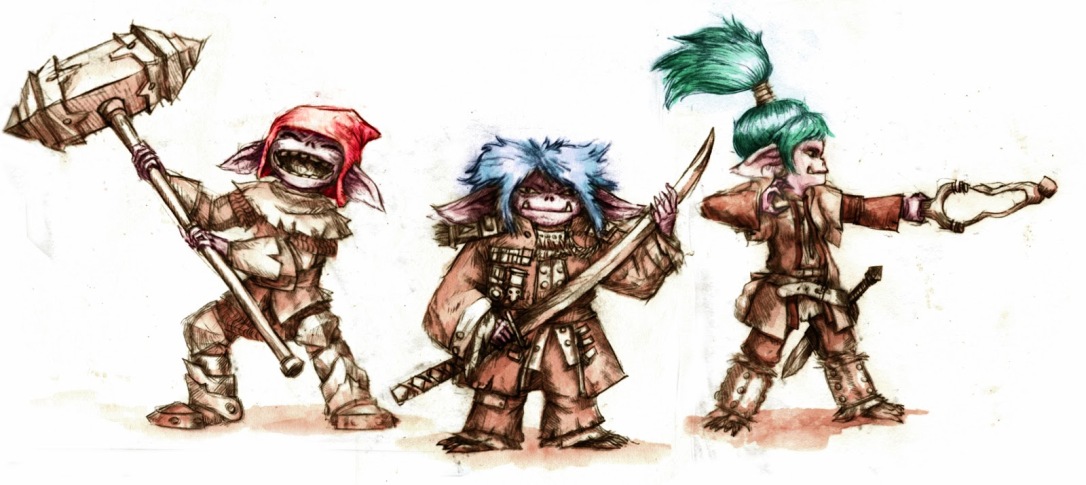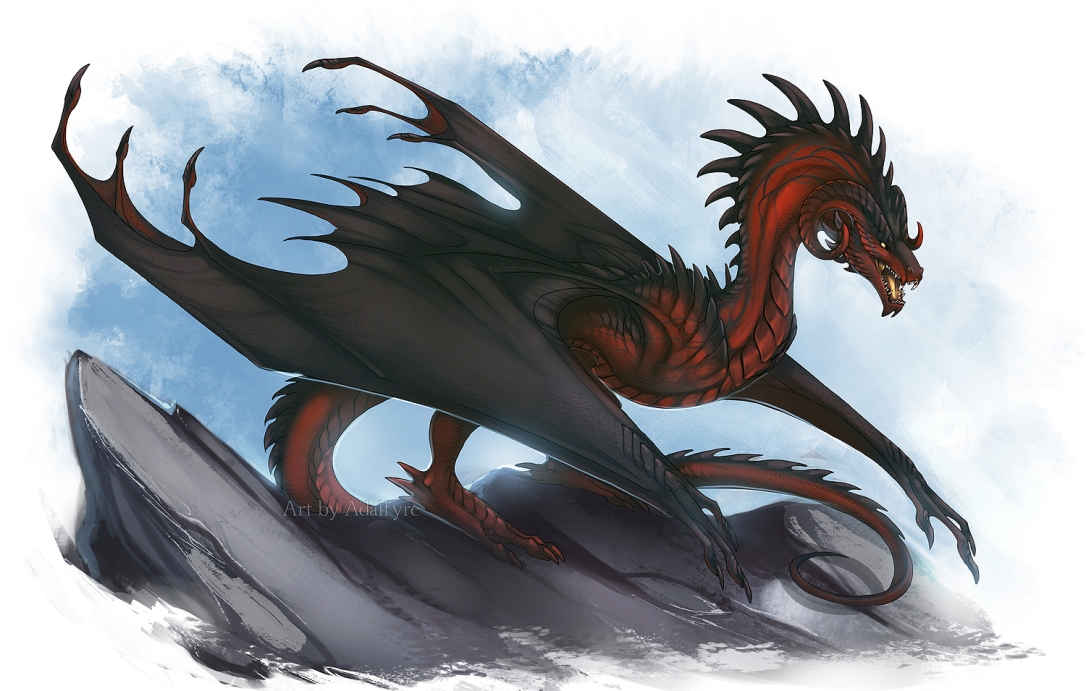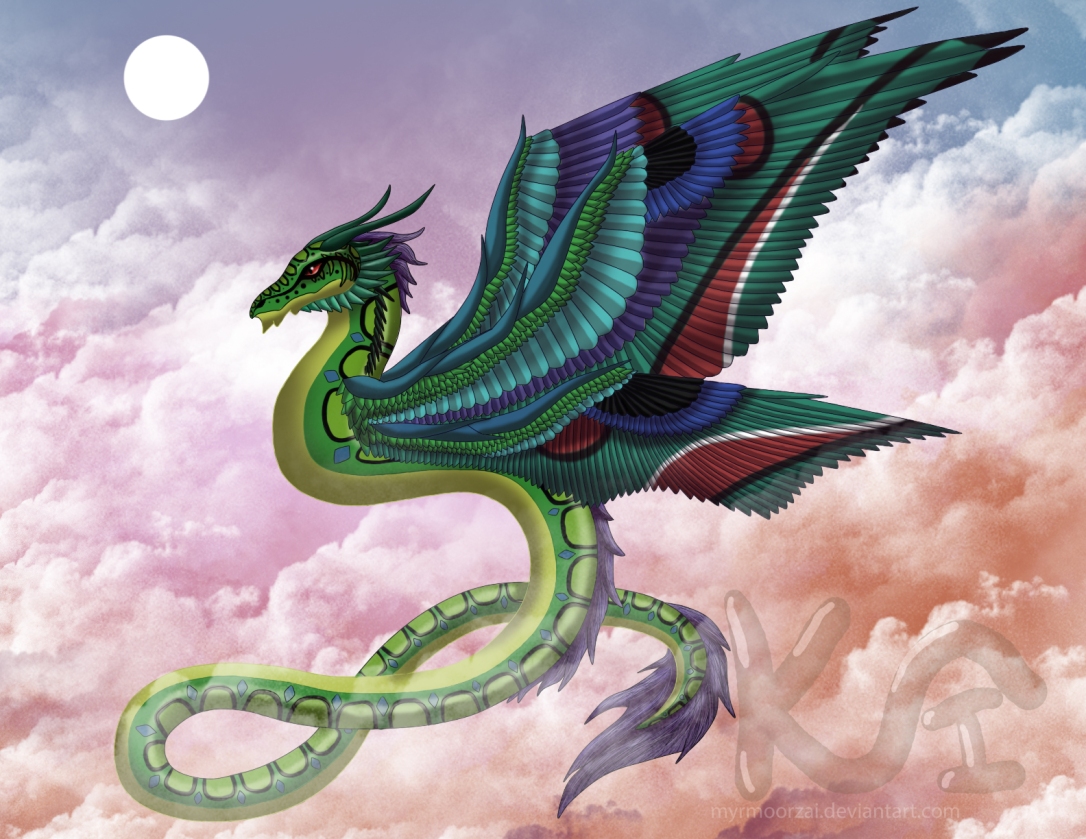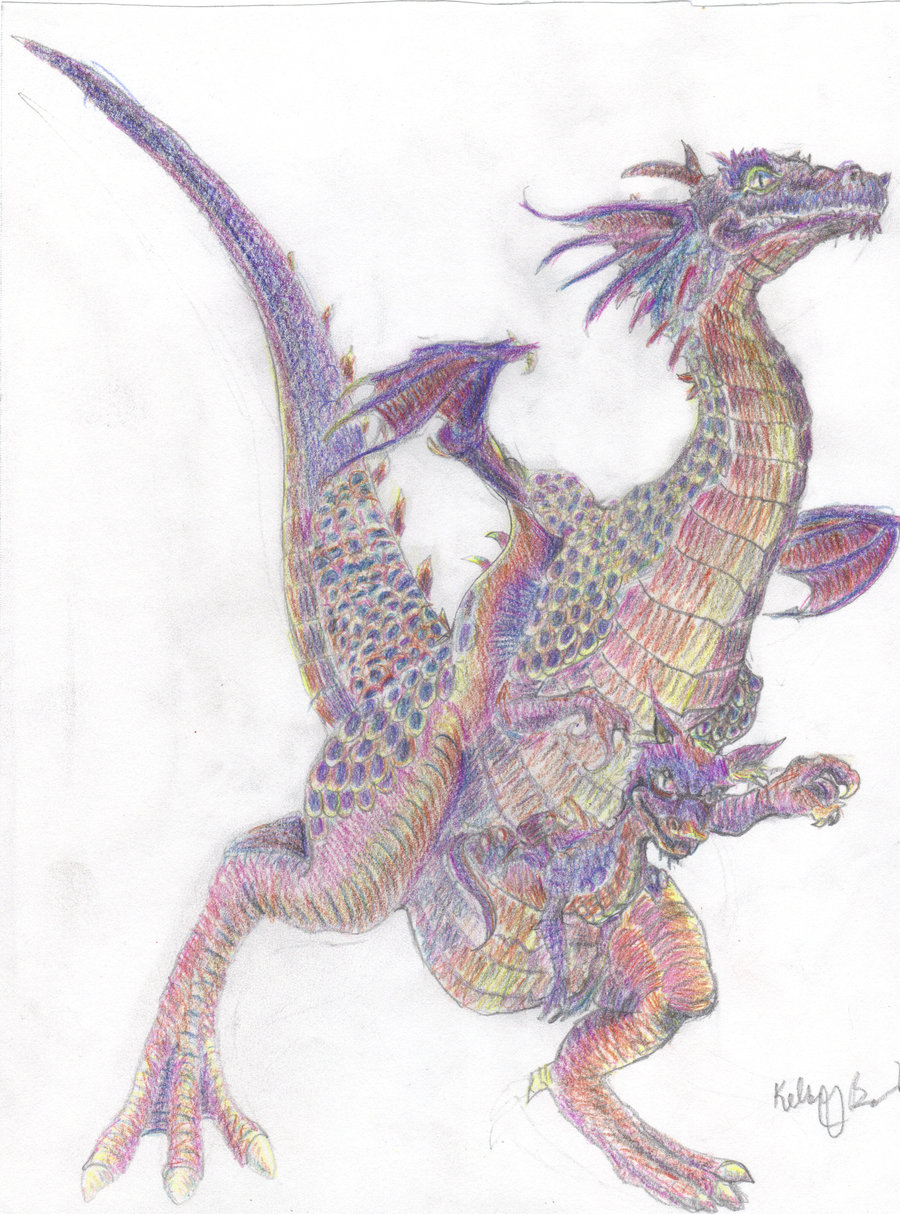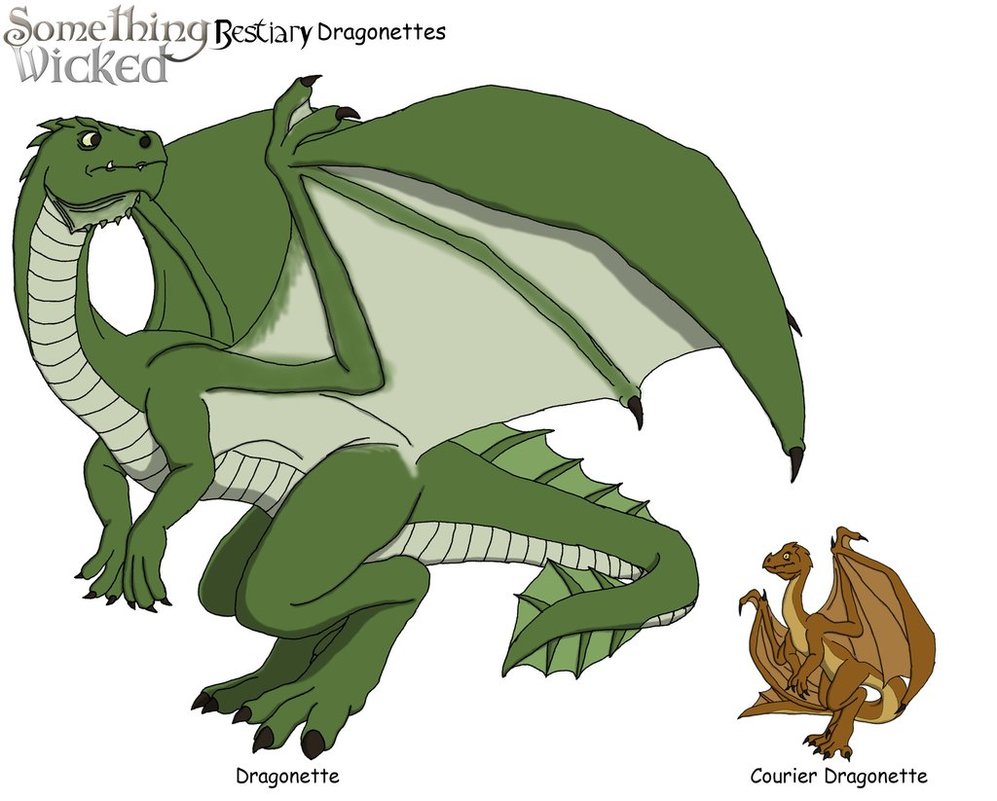NOTE: This topic is an opinion, you in no way have to agree with me or even consider the things I will suggest. This is to help understand the topic and in no way am I saying I am a professional in this topic. Please keep this in mind when reading, thank you.
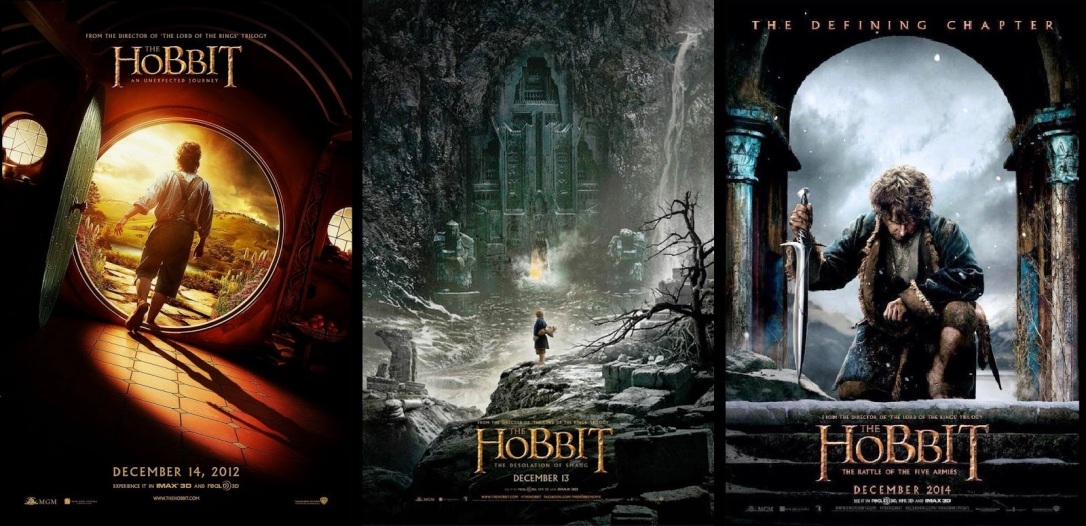
No one knows a book better then the Author themselves.
Books vs other medias. Now I know many of you don’t care to watch movies that were adapted from books and you know what, that is okay. Movies have to turn your favorite book into an hour and a half to a two and half hour entertainment segment, meaning that many scenes may end up changing and story arcs and characters may end up being dropped from the film, and it will be terrible if one of those characters happen to be your favorite. Then you have the movies that thought it was a good idea to take several books and squish them into one movie or one book and stretch them out into several movies. Either way some will get confused and others will wonder why certain scenes even exist in the movie in the first place. I’m sure some of your responses, including the Authors, will tell those who’ve never read the books, read the books, it is explained a lot better there. NO! That is a terrible response to tell someone who has never read the books, in my opinion. If they go into a movie or a television show and are let down and disappointed from what they saw and you tell them well read the books, it isn’t going to get them to read the books, it will just keep them far from it. If the movie or show was not good in their opinion then what make you think they will even consider the original source?

Remember not everyone likes to read, not everyone likes to watch movies, and not everyone likes to play video games. There are universal fans that will try out every media out there from books to comic books and even mangas. When adapting your story you MUST consider that there are many types of fans out there, and telling them to just read the original source material will not get them to read your books. You must look at these other medias as another way to reach other fans respectfully. Yes some fans that enjoy movies will read your books but then there are those that are just content with just watching and not reading.
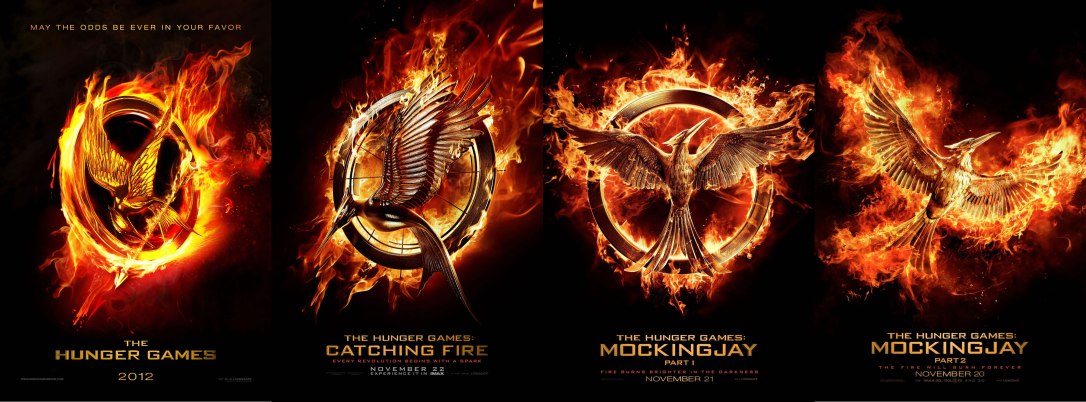
First, those who write and/or read Fantasy and Science Fiction novels MUST understand, Science Fiction and Fantasy is very, very, very, VERY expensive to make. Don’t believe me, look into how much some of your favorite Fantasy and Science Fiction movies cost to make from as early as the 60’s to now. Game of Thrones budget for television alone, “Between 2012 and 2015, the average budget per episode increased from $6 million to “at least” $8 million. The sixth-season budget was over $10 million per episode, for a season total of over $100 million and a series record.” That is a lot, Game of Thrones is literally the most expensive television show out there right now, followed by possibly Walking Dead. The budget to make the very first Lord of the Rings movie was $93 million and Ender’s Game budget was anywhere between $110 to $115 million to make. Gone Girl is only a mystery, thriller novel and it cost $61 million to make into a movie. Do you see the difference here? In order for a movie to be successful and continue, the movies in the box office have to try and meet the cost or exceed it. If they fall short, that movie is done. Television shows and video games are the same, if the companies don’t like the numbers well then that is pretty much it for them. You have to convince them that your story is worth something, it is its own story. Don’t let them make the next big thing because that is what they are looking for, the next big thing, and therefore try and make your story similar as the last big thing, and that will also destroy a movie and show.
Some of you out there are also like, CGI vs Practical Effects. Remember, CGI is not as expensive as Practical. Once an actual effect is used but the Director did not like the shot, everything needs to be reset, including all the explosions used for the shot that was just taken. Even animatronics have been known to break on set, setting filming back for a couple of weeks and sometimes months. Jaws wasn’t in most of the movie not because of suspense and thriller, it did help, but it was because the shark kept breaking on set. Yes, there is a thing called too much green screen and not enough of it. There needs to be a nice balance for the two without breaking budget. Costumes are great and all but they also need to function not only nicely and possibly comfortably, but also must be believable. Some actors have come forth hating costumes they wear, the make up they are stuck in for hours breathing in the fumes that coat their skin but aren’t bad for them but really hate the smells. Some Authors even think that maybe animation is just the way to go especially with creatures, magic, and settings that are in their books. Remember many people think animation is just for kids so you must be careful with how companies advertise the animated movies and shows. Don’t shy away from live action adaptation because you are worried about how creatures and magic will look in the movie, odds are it will look amazing regardless, you just need to focus on if the story and characters are adapted properly from how your book is. Don’t fret on the visual effects, don’t believe me watch The Hobbit movies, Game of Thrones, and the Warcraft movie, trust me when I say visually it will look amazing, the story is the real focus here.
I’m sure many of you would love to see your favorite book adapted and I know many of you don’t even want it to be touched and that is understandable but try and look at it from the Author’s point of view, more adaptations means that they will be able to reach more fans, more opportunities for their own books to be heard and possibly read.

If you don’t want to check your favorite story in other medias, that is fine, you don’t have to if you don’t want to, this is more to help reach a larger fan base, as I said more opportunities to allow people to know of Authors stories. Some adaptations are pretty good, great, and some are just, wow! What the hell did I just watch? I am asking that you don’t force fans of other medias to read original sources when in reality they just don’t have the time, patience, or even interest in the original source. Please keep this in mind.
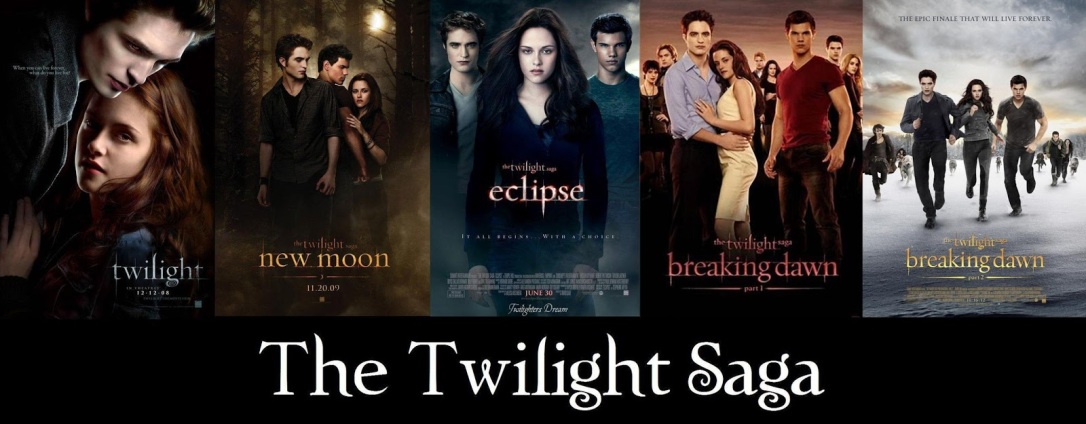
After your novel has become a success, you’ve made it into the New York Times Bestseller lists for many weeks, even months now, there is a chance you may want to adapt your book into something, Movie? Television show? Mangas? Video games? Problem, don’t just jump head first into that opportunity, YOU need to make sure your story will be adapted properly. Don’t be scared down when these other entertainment medias tell you, well we know what we are doing. NO! This is your story and you need to be able to trust that they will do your story justice and not because they are looking for the next big Harry Potter movie or Hunger Games movie. As George R.R. Martin has said, no is the sexiest word in Hollywood. Say no enough times will only make them want you and your story more. You definitely need to be careful about this because not every Author can get away with having it their way, if you demand too much there is a chance they will not want to work with you and tell other production companies about how you are. There needs to be a two way understanding. One is THEY must understand not only you but how much you love your story and how passionate you are to make sure it is adapted as closely as it can be and YOU must understand production companies limits. Learn about what they can and can’t do for your story, if there is too much can’t, then perhaps they are not the company for you OR perhaps your story just can’t be adapted into certain medias and you know what that is okay, there is still plenty of time to try again in the future.
This slideshow requires JavaScript.
Other medias
Now there are many other medias out there besides books, there are movies, television shows, mangas, anime’s, comics, video games, and theater plays. Before even accepting any of these other medias, please try and look into them, such as what has been made, ratings, genres, etc.
I can’t stress this enough, ratings for other medias. What I mean is who can actually watch, read, and play your story?
Movies only have 5 ratings:
G: General Audience – All ages admitted. Nothing that would offend parents for viewing by children.
PG: Parental Guidance Suggested – Some material may not be suitable for children. Parents urged to give “parental guidance”. May contain some material parents might not like for their young children.
PG-13: Parents Strongly Cautioned – Some material may be inappropriate for children under 13. Parents are urged to be cautious. Some material may be inappropriate for pre-teenagers.
R: Restricted – Under 17 requires accompanying parent or adult guardian. Contains some adult material. Parents are urged to learn more about the film before taking their young children with them.
NC-17: Adults Only – No One 17 and Under Admitted. Clearly adult. Children are not admitted.
In my opinion, there needs to be at least one more rating in between PG-13 and R. If any of you have ever read The Inheritance Cycle by Christopher Paolini and The Summoner Trilogy by Taran Matharu, yes the stories are led by a teenager but they literally deal with fighting in war, there is blood, death, and gore about them. This can never be put into a PG-13 movie, to the point the blood in them is only about a coke can full which is in no way believable. Suggestive language is also brought down to a minimum. F-bombs are rarely dropped in these movies, S-bombs are about once or twice in a movie, and B-bombs and D-bombs are very prevalent. Trust me when I say that teenagers do cuss as much as you think. I will go into that extra rating in a bit.
There are 7 Television Ratings:
TV-Y: This program is designed to be appropriate for all children. Programs rated TV-Y are designed to be appropriate for all children. The thematic elements portrayed in programs with this rating are specifically designed for a very young audience, including children from ages 2–6. According to the FCC, programs rated TV-Y are “not expected to frighten younger children”.
TV-Y7: This program is designed for children age 7 and above. Programs rated TV-Y7 are designed for children aged 7 and above. The FCC implies that it “may be more appropriate for children who have acquired the developmental skills needed to distinguish between make-believe and reality.” The thematic elements portrayed in programs with this rating may include ‘comedic violence’, or may be frightening or confusing for children under the age of 7.
TV-Y7 FV: Some programs may be given the “FV” content descriptor if they exhibit more ‘fantasy violence’, and/or are generally more intense or combative than other programs rated TV-Y7.
TV-G: Most parents would find this program suitable for all ages. Programs rated TV-G are generally suitable for all ages. The FCC states that “this rating does not signify a program designed specifically for children, most parents may let younger children watch this program unattended.” The thematic elements portrayed in programs with this rating contain little or no violence, no strong language, and little or no sexual dialogue or situations.
TV-PG: This program contains material that parents may find unsuitable for younger children. Programs rated TV-PG contain material that parental guardians may find inappropriate for younger children.
TV-14: This program contains some material that many parents would find unsuitable for children under 14 years of age. Programs rated TV-14 may contain some material that parental guardians may find unsuitable for children under the age of 14. The FCC warns that “Parents are cautioned to exercise some care in monitoring this program and are cautioned against letting children under the age of 14 watch unattended.”
TV-MA: This program is specifically designed to be viewed by adults and therefore may be unsuitable for children under 17. Programs rated TV-MA are usually designed to be viewed by adults. Some content may be unsuitable for children under 17. This rating is seldom used by broadcast networks or local television stations due to FCC restrictions on program content, although it is commonly applied to television programs featured on certain cable channels and pay television networks for both mainstream and pornographic programs.
Additions:
D: Suggestive Dialogue
L: Coarse Language
S: Sexual Content
V: Violence
FV: Fantasy Violence
E/I: Educational & Informative
There are 7 Ratings for Video Games:
EC: Titles rated EC (Early Childhood) have content that may be suitable for ages 3 and older. Contains no material that parents would find inappropriate.
E: Titles rated E (Everyone) have content that may be suitable for general audiences. Titles in this category may contain minimal cartoon, fantasy or mild violence, and/or infrequent use of mild language. For children 6+.
E10+: Titles rated E10+ (Everyone 10 and older) have content that may be suitable for general audiences ages 10 and older. Titles in this category may contain more cartoon, fantasy or mild violence, mild language, and/or minimal suggestive themes.
T: Titles rated T (Teen) have content that may be suitable for persons ages 13 and older. Titles in this category may contain violence, suggestive themes, crude humor, minimal blood, simulated gambling and/or infrequent use of strong language.
M: Titles rated M (Mature) have content that may be suitable for persons ages 17 and older. Titles in this category may contain intense violence, blood and gore, sexual content and/or strong language.
AO: Titles rated AO (Adults Only) have content that should only be played by persons 18 years and older. Titles in this category may include prolonged scenes of intense violence and/or graphic sexual content and nudity.
RP: Titles listed as RP (Rating Pending) have been submitted to the ESRB and are awaiting final rating. (This symbol appears only in advertising prior to a game’s release.)
This slideshow requires JavaScript.
Now that you know ratings from some of the other medias out there, do you know what your book falls under?
Earlier when I said that there needs to be at least one more movie rating between PG-13 and R is because the taste between a 13 year old and a 16 year old is vastly different. War and battle to the extent of Saving Private Ryan can actually be read in Young Adult books like The Inheritance Cycle by Christopher Paolini, The Summoner Series by Taran Matharu, The Falling Kingdom Series by Morgan Rhodes, etc. A 16 year old is able to handle graphic violence a little or a lot better then a 13 year old and younger can yet they are stuck in the PG-13 Movie Ratings. The Hunger Games movies in a way suffered when they couldn’t properly portray the violence that was described in the books, therefore underwhelming the fans of the original source material. Video games have Ratings for teenagers of all ages, some games specifically for 13 to 14 year old’s and some for 15 – 17 year old’s. So why can’t we have Movies specifically for 16+? Television shows rated TV-14 get away with way more then a PG-13 movie, there is clearly a problem here and certain Young Adult books with stronger content will suffer immensely if left in movie ratings of PG-13. As I said in the beginning, no one knows a book better then the Author themselves.
If perhaps movies, television shows, and video games is just a bit too much for you at the moment you can try other reading medias such as comic books and mangas. Basically it is like reading your book but with pictures and no I don’t mean a children’s picture book. Detailed drawings with dialogues straight from your own novel, actual depictions of characters and scenes laid out for all to see, exactly as how you described them in your book. George R.R. Martin not only turned his A Game of Thrones Book Series into a show and a short video game but also as a comic book series. Some of the James Bond books also turned into a comic series and some of James Patterson books have been turned into manga series such as his Maximum Ride books and his Witch and Wizard books.
This slideshow requires JavaScript.
See, you have many opportunities to turn your books into more then just your book and be able to reach an assortment of fans out there. It is all up to you, how respectful you are towards other medias and how respectful you are towards other types of fans out there will really help let your stories sore. Be open minded, be educated, and spread your wings as far as you can make them, your journey is literally just beginning.
If you guys have any questions about what I just went over please feel free to ask. I hope you liked my little insight on adapting your story, I honestly can’t wait to hear your opinion on this topic. Please stay tune for another post next Wednesday. Thank you all so much for reading and please have a wonderful day.
